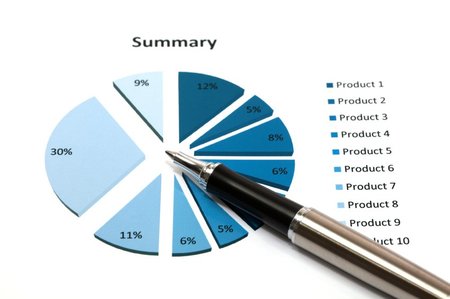Product Costing Basics!

Setting a price that is to high can be as detrimental as setting it too low and at best will limit business growth. At worst it will create serious sales problems leading to poor cash flow and most probably the demise of your business.
So how do you ensure you set the right price? Well firstly you need to know the expenses you must cover. Your costs will fall into two categories, Fixed and Variable.
Fixed costs will be there regardless of how much or little you sell. Like rent and salaries, you will have to pay them even if you make minimal sales.
Variable costs, as the name implies will vary according to your level of sales such as raw materials, electricity and direct labour costs.
To make a profit your price must be at a margin higher than your variable costs to count towards the fixed costs and the balance over that it profit.
For example, a car dealership has variable costs of $18,000 per car sold and total fixed costs of $400,000 a year that must be covered. If the company sells 80 cars each year, it needs a contribution towards the fixed costs of at least $5,000 per car ($400,000 divided by 80) to avoid making a loss.
So if the cars are sold for $24,000 it will result in $6,000 being made above the variable cost and result in $80,000 profit.
When setting the price you will also need to me mindful of the difference between Cost and Value.
Cost, as we went through above, is the amount you spend to produce the product or service.
Price, is the financial reward you receive.
Value, is what your customer believes your product or service is worth.
For example, the cost for a plumber to fix a burst pipe at a customer's home may be $5 for travel, materials costing $5 and an hour's labour at $30. However, the value of the service to the customer - who may have water leaking all over their house - is far greater than the $40 cost, so the plumber may decide to charge a total of $100.
Pricing should be in line with the value of the benefits that your business provides for its customers, while also bearing in mind the prices your competitors charge.
To maximise your profitability, find out:
what benefits your customers gain from using your product or service
the criteria your customers use for buying decisions - for example, speed of delivery, convenience or reliability
what value your customers place on receiving the benefits you provide
Wherever possible, set prices that reflect the VALUE you provide - not just the cost.
Costing is an area that many business' get wrong, but if you follow some simple rules and get the right advice you ensure you will get it right and prosper rather than perish!